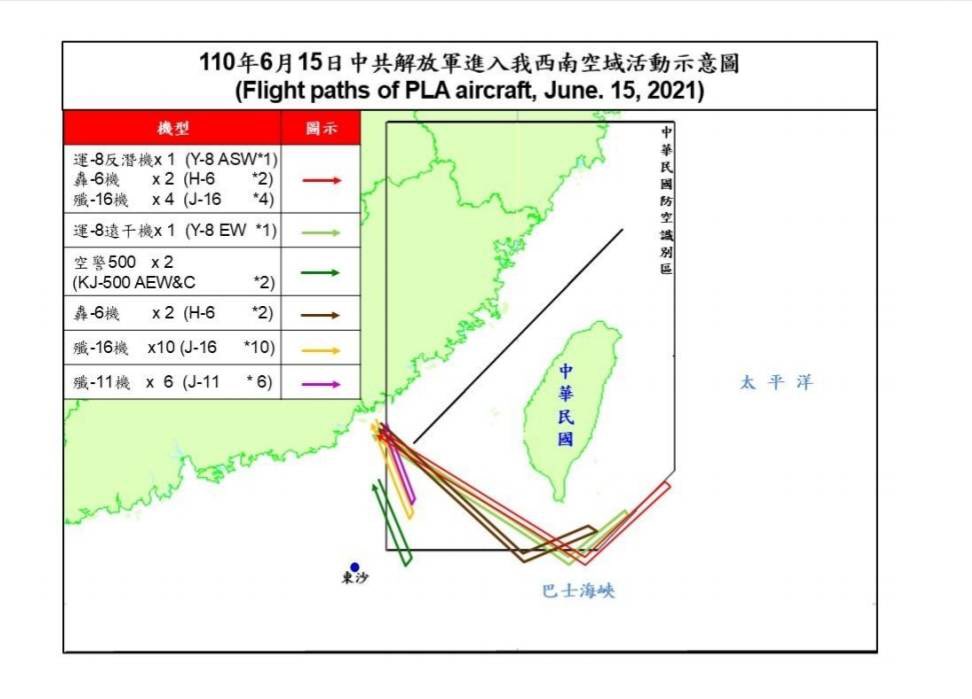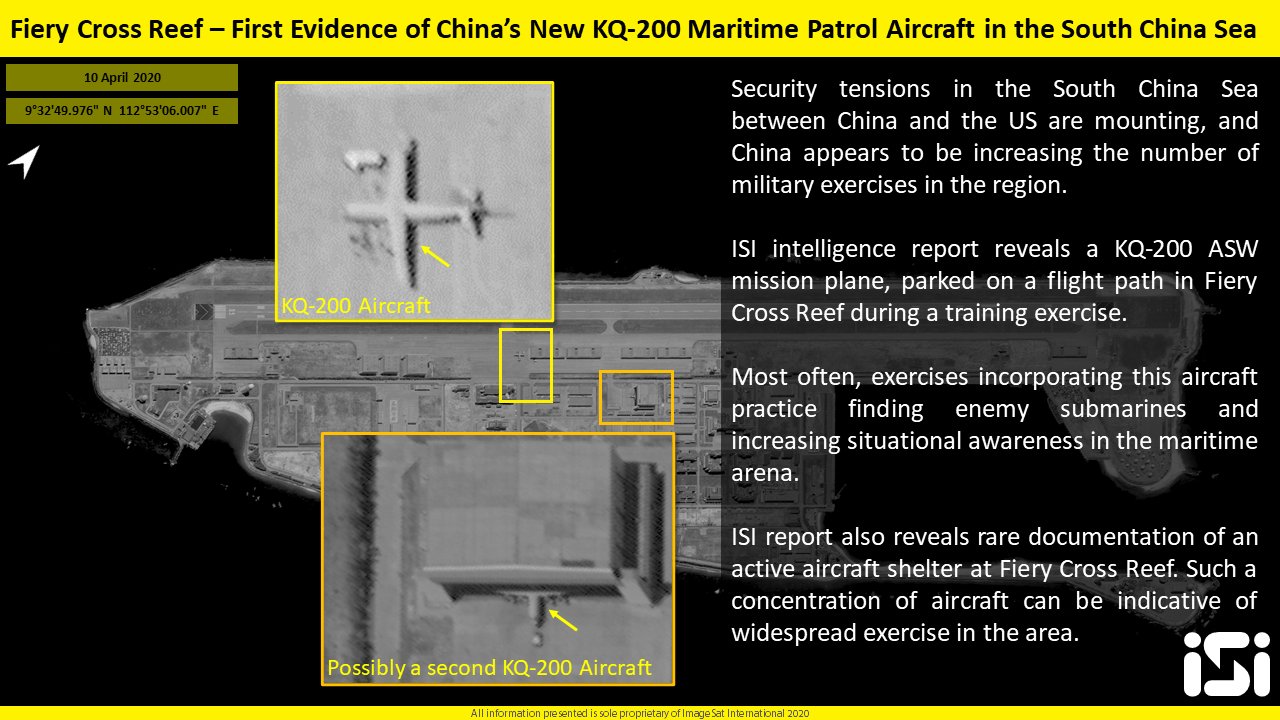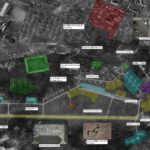On 15 June 2021, the Taiwan Ministry of National Defence (MND) reported that 28 aircraft from the People’s Liberation Army-Air Force (PLAAF) entered Taiwan’s air defense identification zone (ADIZ) – the largest incursion ever recorded! The air raid came just days after the G7 summit, where leaders strongly condemned China’s policies vis-a-vis the Uyghur population, Hong Kong, and Taiwan. This latest incident was not a war rehearsal but a clear signal of a more assertive Beijing. As China continues to rise, it casts a darker shadow over the Taiwan Strait.
LARGEST INCURSION YET
The June 15th aerial incursion marked the beginning of a new cycle of escalation and featured a record number of aircraft.
28 PLA aircraft (Y-8 ASW, H-6*4, Y-8 EW, KJ-500 AEW&C*2, J-16*14 and J-11*6) entered #Taiwan’s southwest ADIZ on June. 15, 2021. Please check our official website for more information: https://t.co/JnfN8bOwgl pic.twitter.com/MBJv2jbNMZ
— 國防部 Ministry of National Defense, R.O.C. 🇹🇼 (@MoNDefense) June 15, 2021
The PLAAF intruder formation consisted of fourteen J-16 and six J-11 fighter jets, four H-6 bombers, two KJ-500 early warning aircraft, and two Y-8 series aircraft (including one anti-submarine warfare variant). Most aircraft flew near the Pratas Islands in the southwest corner of Taiwan’s ADIZ.

Flight paths of PLAAF aircraft, June 15, 2021 via Taiwan MoND
Ten aircraft, including the bombers, flew around the southern portion of the ADIZ near the coast of Taiwan. Taiwan issued radio warnings, scrambled aircraft, and deployed air defense missile systems in response, according to the MND.
NEW NORMAL FOR TAIWAN
While the PLAA has regularly conducted flights over the Taiwan Strait, their scope is gradually increasing.
Ninety (90) percent of PLAA sorties into Taiwan’s ADIZ in the past two years (when MND started to publish data on them) involved less than four aircraft. Double-digit aircraft intrusions remain extremely rare. Only 3.5% of PLAA sorties involved 15+ aircraft. However, the latest incident signals that this might become the norm.
The routine but expansive nature of the PLAA’s incursions into the Taiwanese ADIZ is worrisome.
PLAA INCURSIONS APPEAR TO BE CHINA’S REACTION TO INTERNATIONAL CRITICISM
When large-scale PLAA intrusions occur, they often coincide with external factors such as international criticism of China, a political overture to Taipei, or U.S. operations in the region.
Days before the June 15th incursion, G7 leaders made strong statements concerning China and Taiwan, calling for a peaceful resolution between Beijing and Taipei. Taiwan welcomed the declarations from the G7 members, asserting their intention to further engage with the international community. Taiwan’s President Tsai Ing-Wen has affirmed her commitment to separating Taipei from China’s grasp, further aggravating Beijing. These statements likely pushed Beijing to greenlight the June 15th operation.
Other PLAA raids served to deter U.S. operations in the region, often coinciding with U.S. Navy’s sails through the South China Sea and the Taiwan Strait. A majority of PLAA sorties that cross the median line between Taiwan and China involve at least one KQ-200 maritime patrol and anti-submarine warfare aircraft, indicating that many of the PLAA’s aerial formations monitor foreign warship and submarine activity in the area.

KQ-200 aircraft at Chinese air-naval station in South China Sea via ©ImageSatIntl
INVASION UNLIKELY, POSTURING – YES
Given China’s increasingly aggressive behavior, some observers view a war in Taiwan as inevitable. However, the high frequency and intensity of Chinese forays into the Taiwanese ADIZ is not necessarily a precursor to outright invasion. Rather, the new quality of incursions marks an intensification of Beijing’s squeeze over the island and geopolitical posturing vis-a-vis Washington.
Beijing is unlikely to seize Taiwan by force but will continue its political and economic pressure campaign. Washington, too, will continue its grey-area policy of accepting a “one China” officially but continuing to engage with Taiwan. Neither side wishes to risk outright war over Taiwan.
TAIWAN MUST BE READY FOR ANYTHING
As Beijing and Washington continue to compare military stature across the strait, Taiwan remains the hottest flashpoint of the Sino-American rivalry, something Taipei is acutely aware of as it develops military capabilities.
Regardless of the low likelihood of war, Taiwan must take Chinese threats seriously. Taiwan recently declared initial combat capability of newly upgraded F-16V fighter jets, ready to intercept potential threats, combined with a freshly signed contract totaling $1.75 Billion for Lockheed Martin M142 HIMARS, and Boeing Harpoon Coastal Defence Systems.
by Matt Sutherland





